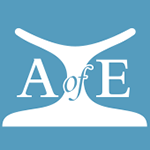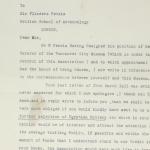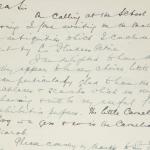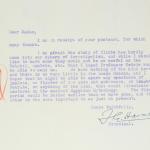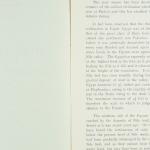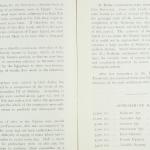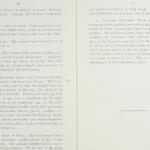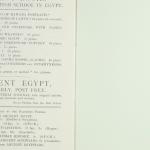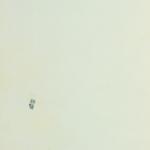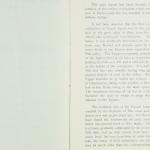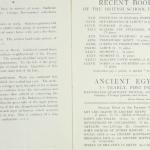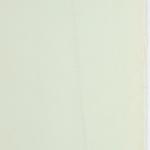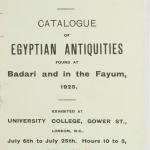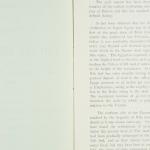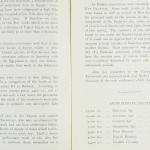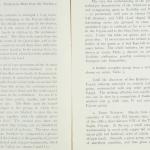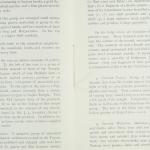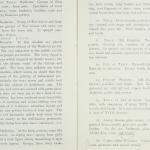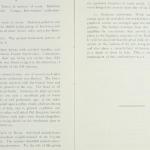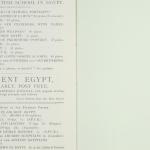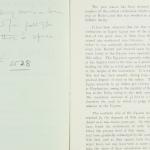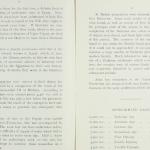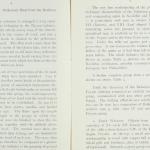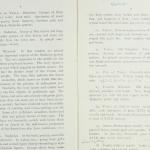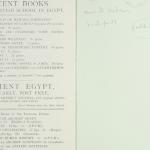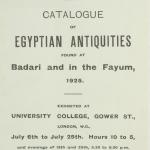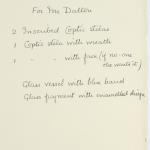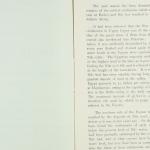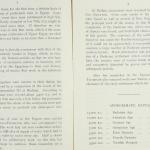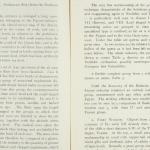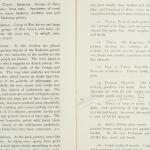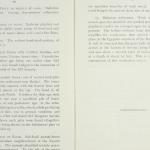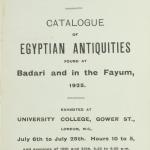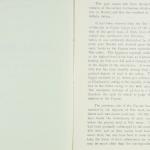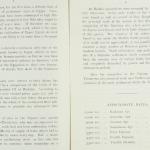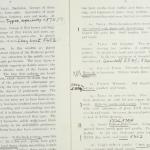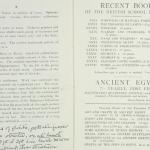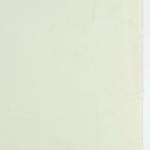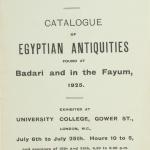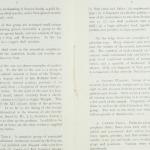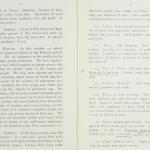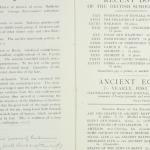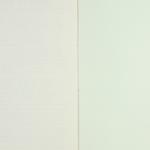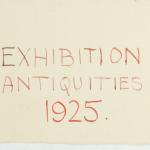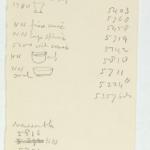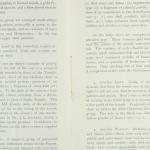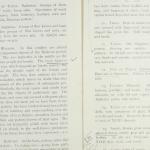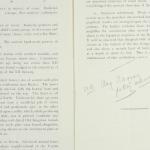1922-23 Badari
Three seasons of work at the site resulted in four separate publications. Qau and Badari I, II, III deal with the historic period material recovered and a fourth volume The Badarian Civilization deals with the finds from Predynastic and Badarian settlements and Cemeteries.
In Qau and Badari I, p. 3, Brunton described the system of numbering: "We used the numbers 1oo and 200 for isolated cemeteries, 300-1200 for the main Etmanieh cemeteries, 1300 for the isolated hill with " Pan " graves, 1400 for tombs on the hill-side under the cliffs, 1450 for tombs in the level ground at the foot, 1500-2100 for the Hemamieh site, 3000-6000 for the various cemeteries near Badari running from north to south, and 6500 for a few graves found by Miss Caton-Thompson in the settlement north of Hemamieh. Our 1923 numbers end at 1652, and the 1924 numbers at 5299. All Professor Petrie's graves, from the cemeteries in the centre of the Qan bay, are numbered from 7000. The number of any grave therefore at once indicates the site, the year, and the excavator. "
Objects were marked with the year of excavation (e.g. 23, 24 or 25) followed by the number of the grave, usually in the form of a fraction (year/context number). Whole numbers like '100', '1000', would refer to the area and objects with these numbers indicate that they were found on the surface of the cemetery.
The excavation lasted from 1st December 1922 - 4th April 1923.
Archive Documents
Brunton, Guy and Gertrude Caton-Thompson 1928. The Badarian civilisation and predynastic remains near Badari. British School of Archaeology in Egypt and Egyptian Research Account [46] (30th year). London: British School of Archaeology in Egypt; Bernard Quaritch.
